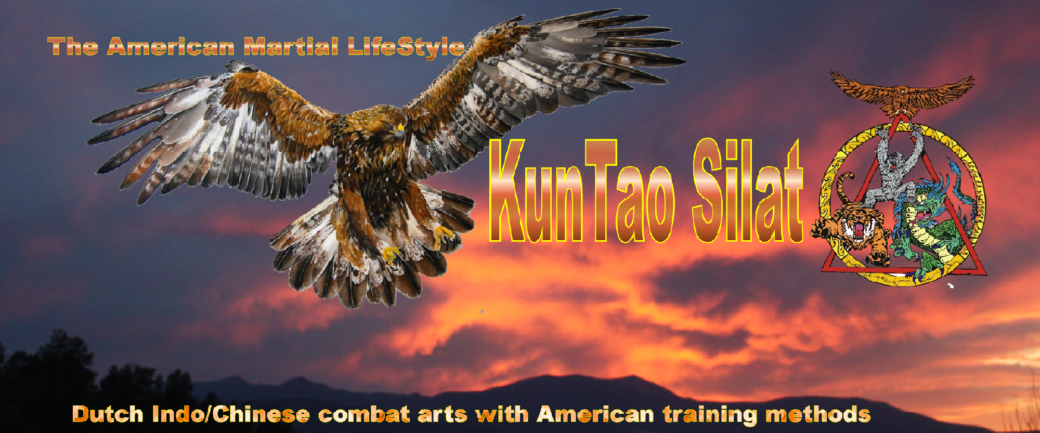Depending on the system and the teacher, a martial arts student will often hear references to posture, structure, frame, or stance. All of these are referring to the same core idea: proper alignment of the body. Classical martial arts of all cultures place a premium on developing structure, and it’s common for teachers to require hours of stance training for new students.
If you grew up in the combat sports like I did, it can seem odd (at best) how much time “traditionalists” spend on cultivating structure. Shouldn’t you be hitting something or sparring?
What so many athletic young players don’t understand is that a well developed structure allows for maximum efficiency in the giving and receiving of force. Rather than striking with the power of one limb alone or resisting an enemy’s grapple with a brute pull or push, the whole body unites into a single unit directing power to the target point.
A lot of strip mall schools teach stances from a superficial perspective: all about appearance and not performance. As a result the stances can become exaggerated and ritualized, gradually losing their original mechanical purpose. As such, people’s stances become more like dance poses than combat positions as the understanding of the biomechanics for each posture becomes lost.
Principles such as knee-toe alignment, a straight spine, etc are all developed through correct stance work. Once developed, the martial artist will find that his or her movements have a tremendous amount of power because their body moves with uncanny efficiency.
If you really understand the principles of good structure, you won’t need stances to look a certain way anymore, because they will create an effect! More than one YouTuber martial arts channel has taken the time to freeze frame stills from an MMA, kickboxing, or grappling match to show how the classic stances common across martial arts, such as the horse stance, back stance, etc are constantly in play. They just aren’t held as static, stylized positions in real life unless you are doing that on purpose for training.
The isometric stance holding exercises in Malabar and the Internal standing meditation from Chang Style all develop the connective tissue for endurance and stability, creating a powerful platform to launch from. Once this is understood, the importance of dedicating some time to perfecting the alignment of your bones and tissues during stance practice becomes apparent.
This is why Pak Steve programmed stance work into the Warm Up sets for both Malabar and American KunTao Silat. Not only does this allow you to develop the strength and flexibility ideal for martial arts, but you are also directly building your technical acumen as well. By embracing the methodology of Daily Constant Practice, the KunTao Silat player can refine their alignment and mechanical efficiency throughout their day, every day. Such frequency of practice will yield results with a speed and efficacy that may surprise you!
Happy training!
Dr Jon
Discover more from KunTao Silat
Subscribe to get the latest posts sent to your email.

No comments yet.